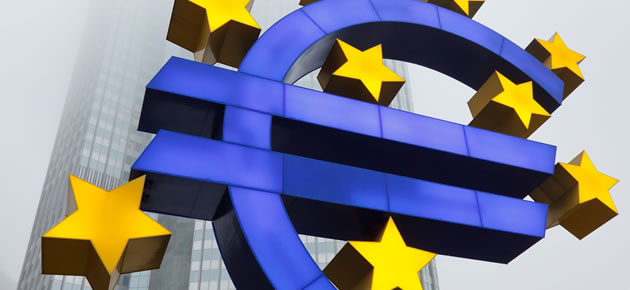The Euro (EUR) weakened against both the Australian Dollar (AUD) and New Zealand Dollar (NZD) on Wednesday after economic data showed that private sector activity across the Eurozone declined again in August.
At first, it appeared as though the region was going to see a turnaround in its PMI figures after a report released in Spain showed that the country recorded its fastest increase in services activity since December 2006.
The headline activity index jumped to 58.1 from the preceding month’s figure of 56.2.
That optimism was short-lived however, as PMI figures from Italy and France showed that the second and third largest Eurozone economies experienced a contraction in private sector activity. Germany, the region’s largest economy also saw a downturn from its previous 37-month high.
Markit’s Composite PMI, which combines both services and manufacturing activity, showed that the region as a whole slowed to its weakest pace of the year so far last month as the Ukraine crisis weighed heavily upon investment.
Markit’s Composite PMI, which is based on surveys of thousands of companies across the Eurozone, fell to an eight-month low of 52.5, well below July’s 53.8.
Germany, the main engine of growth, saw activity weaken to a 10-month low while France, the Eurozone’s second-biggest economy, declined for a fourth month.
This latest round of disappointing data will add to pressure on the European Central Bank ahead of its meeting tomorrow.
‘The Eurozone economy is defying expectations of gaining momentum, which will no doubt add to calls for the ECB to embark on full-scale quantitative easing,” said Chris Williamson, chief economist at Markit.
Further losses for the Euro were restrained however after news broke that Ukraine had reached an agreement with Russia to declare a ceasefire.
The announcement reduced some of the concerns that the economic sanctions against Russia would drag upon the Eurozone’s economic growth.
The Australian Dollar meanwhile was trading 0.40% higher against the Euro after the currency-received support from a better than expected Gross Domestic Product (GDP) report.
The report published by the Australian Statistics Bureau showed that Australia’s economy expanded by 0.5% in the second quarter, better than the 0.4% rise forecast by economists.
The New Zealand Dollar was finding support from a positive construction report released early in the session and on improved demand for higher yielding assets.
Euro Exchange Rates
[table width=”100%” colwidth=”50|50|50|50|50″ colalign=”left|left|left|left|left”]
Currency, ,Currency,Rate ,
Euro, ,US Dollar,1.3142 ,
,US Dollar,1.3142 ,
Euro, ,British Pound,0.7975 ,
,British Pound,0.7975 ,
Euro, ,Australian Dollar,1.4089 ,
,Australian Dollar,1.4089 ,
Euro, ,New Zealand Dollar,1.5801 ,
,New Zealand Dollar,1.5801 ,
[/table]



